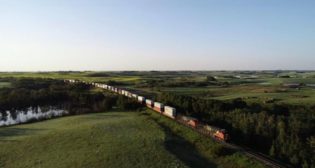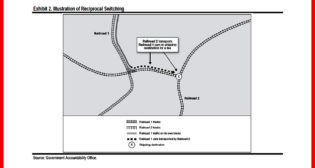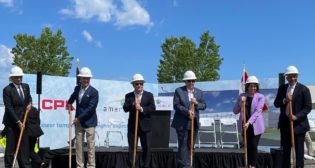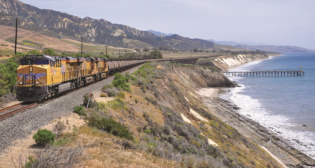
Watco Electric Switchers Receive High Marks
Written by Carolina Worrell, Senior Editor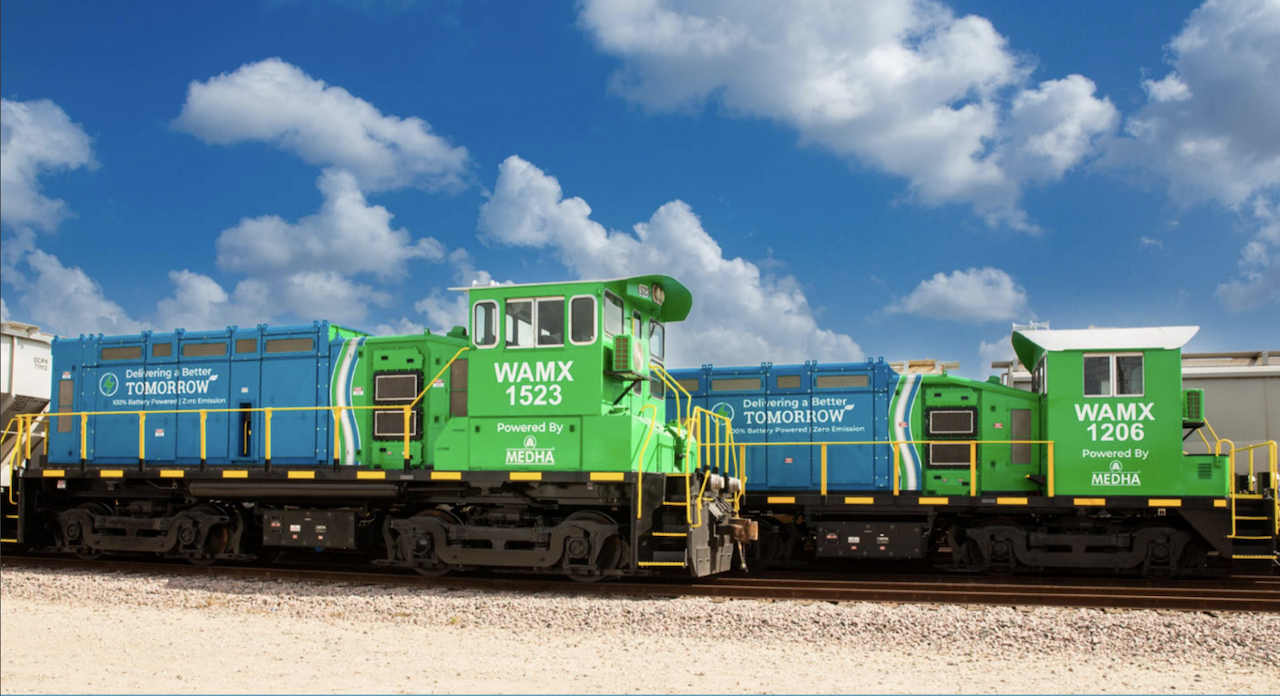
After more than a year in production, Watco’s newly commissioned battery-powered switching locomotives are receiving high marks as they “outperform original assumptions around functionality and sustainability,” the short line holding company announced in the October 2023 issue of its magazine, The Dispatch.
According to Watco, the first test run for two switching units—converted from diesel-electric power to all-electric—occurred July 20 at Greens Port, the company’s multimodal terminal and port facility in Houston, Texas. After adjustments in subsequent weeks, they were commissioned into full service in September.
“The results have absolutely exceeded all our expectations,” said Watcto Director of Operations Neil Heerdink.
Those expectations are highlighted in this video and flyer and have included reductions in carbon dioxide emissions, fuel and maintenance expenses, and the amount of lube oil and coolant used.
Some team members, Watco says, directly experiencing the benefits are those operating the switchers.
“I appreciate that we can spend less and pollute less by not running a diesel locomotive,” said Troy Vacala, a process assurance manager and one of a handful of people who have piloted the switchers. “I enjoy not having to wear earplugs while operating these. Diesel switchers, they’re extremely loud,” Vacala added.
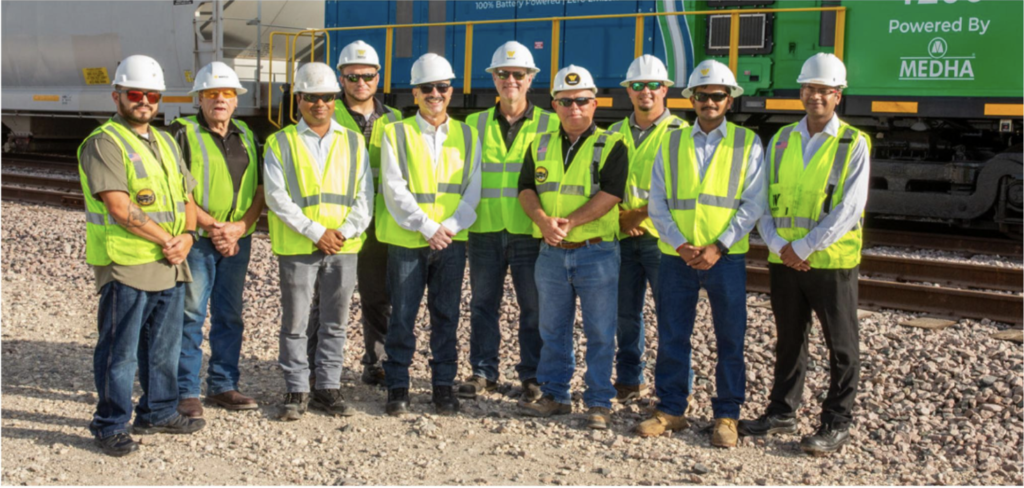
Vacala and other engineers—including one whose locomotive experience spans his five-decade career—seem to have adapted quickly to the battery-powered switchers. Director of Locomotive Support Tex Inman, who has worked on locomotives since 1972 and has been with Watco since 1990, worked on the build team for months and has also been behind the controls. “I’m real impressed,” he said. “The way it performs is smoother than a diesel-electric. As far as operations, these things are the ticket.”
One reason for the smooth operation, according to Watco, was an effort to place the battery controls in a similar place as those of the diesel-electric.
“All breakers and switchers required to power up are in the same location,” said Vice President and Chief Mechanical Officer Keith Testerman. “Engineers don’t have to turn on a generator field breaker now. We replaced that with a traction power breaker, but it’s in the same position as the generator field. That’s the kind of stuff, along with what we are seeing in performance of the unit, that’s been rewarding to me—to design it with minimal tutoring for the operator and then see it work beyond expectations. The engineers for the most part have been able to power it up and go.”
To convert these two switchers, Watco teamed up with India-based Medha, a designer and manufacturer of locomotive control systems and other rail-related electronics. Medha provided key components of the power and control systems, and Watco personnel reassembled the locomotives.
The two units are among the first diesel-electric locomotives converted to fully electric using a conversion kit instead of building them from the ground up.
“We’re excited about the kit nature of the conversions,” said Senior Vice President of Materials Services Aaron Jensen. “We love the fact that a good chunk of the old diesel unit is repurposed. It makes this approach the most economical for industrial and short line operators.”
Watco says it plans to have customers see the switchers in person during private appointments hosted within the next few months at Greens Port.
